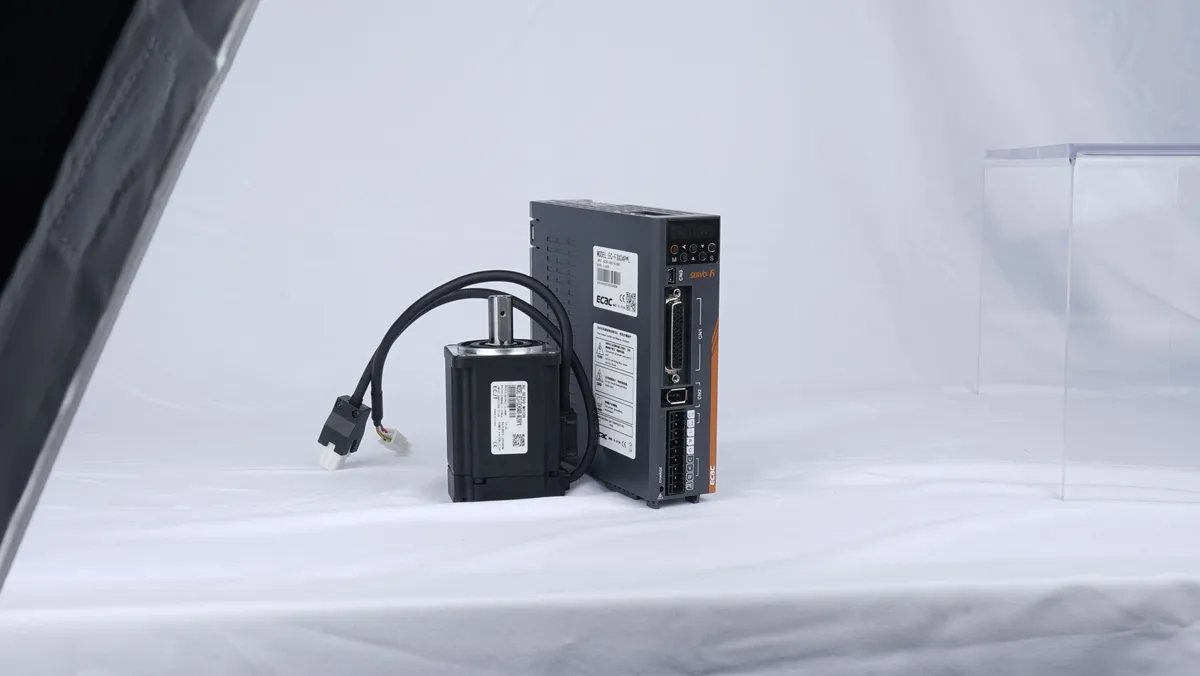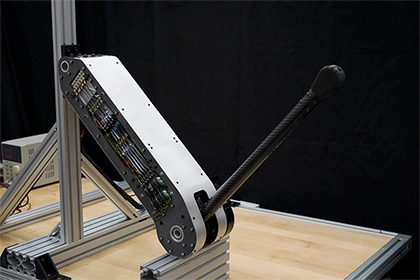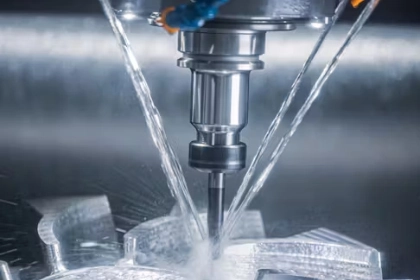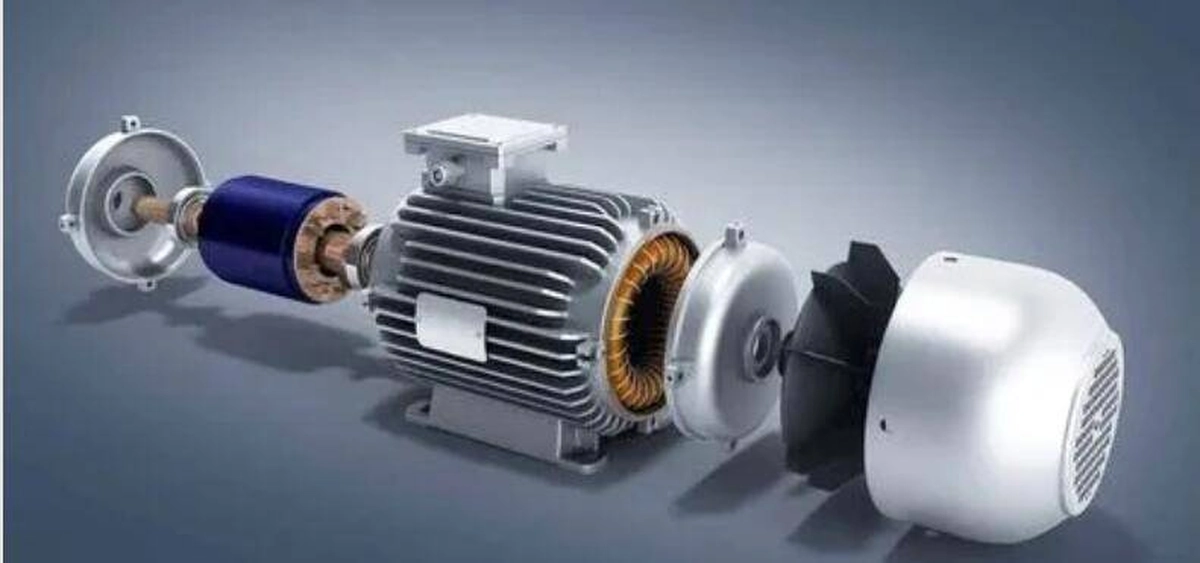- +86 19149417743
- Zhengzhou, Henan Province, China
- Mon-fri: 8am - 7pm
Get a quote

The mounting of a servo motor is a critical aspect of its integration into various mechanical systems. Proper mounting ensures stability, alignment, and efficient power transmission, ultimately impacting the motor's performance and longevity. This comprehensive guide aims to provide professionals with a detailed understanding of the steps and considerations involved in mounting a servo motor, from the selection of mounting hardware to the alignment and securing of the motor within a system.
Before mounting a servo motor, it is crucial to carefully select the location where the motor will be installed. Factors such as accessibility for maintenance, proximity to the load being controlled, and the overall mechanical design of the system should be considered. Additionally, the mounting location should provide adequate clearance for the motor's cables and connectors, ensuring ease of installation and future maintenance.
Selecting the appropriate mounting hardware is essential for ensuring the stability and security of the servo motor. This includes choosing the right type and size of mounting brackets, couplings, or adapters based on the motor's specifications and the mechanical requirements of the system. The hardware should be capable of withstanding the mechanical forces and vibrations associated with the motor's operation.
Proper alignment of the servo motor is crucial for achieving optimal performance and reducing wear on mechanical components. This involves aligning the motor shaft with the driven load to minimize misalignment-induced stresses and maximize power transmission efficiency. Precision alignment techniques, such as laser alignment tools or dial indicators, can be employed to ensure accurate alignment between the motor and the load.
Once the motor is properly aligned, it must be securely fastened to prevent movement or vibration during operation. Care should be taken to evenly distribute the clamping force when securing the motor to the mounting surface, ensuring that the motor remains rigidly fixed in place. Additionally, the use of appropriate torque values for fasteners is crucial to avoid over-tightening or under-tightening, which could lead to mechanical stress or loosening over time.
After the motor is securely mounted, auxiliary components such as encoders, feedback devices, and cable management systems need to be properly connected. This involves routing and securing cables to prevent interference with moving parts and ensuring that feedback devices are aligned and connected according to the manufacturer's specifications. Proper cable management is essential for maintaining a tidy and organized installation, as well as preventing cable damage during operation.
Once the servo motor is mounted and all connections are in place, it is essential to conduct thorough testing and verification procedures. This includes checking for smooth rotation, verifying alignment with the load, and ensuring that the motor operates within its specified parameters. Any abnormalities or deviations from expected performance should be carefully investigated and addressed before putting the system into full operation.
In conclusion, the proper mounting of a servo motor is a critical step in ensuring the reliable and efficient operation of mechanical systems. By carefully selecting the mounting location, choosing suitable hardware, aligning the motor with precision, securely fastening the motor in place, connecting auxiliary components, and conducting thorough testing, professionals can ensure that servo motors are integrated effectively into their respective systems. This comprehensive guide equips professionals with the knowledge and expertise necessary to master the art of mounting servo motors, ultimately contributing to the seamless operation of industrial machinery and automation systems.
 2024-08-30 16:01:40
Engineering
2024-08-30 16:01:40
Engineering
 2024-07-26 14:09:13
Engineering
2024-07-26 14:09:13
Engineering
 2024-07-18 09:42:00
Engineering
2024-07-18 09:42:00
Engineering